4 October 2025
Kanazawa’s history began in feudal times as the seat of the Maeda clan, one of Japan’s wealthiest and most powerful families. The Maeda ruled the Kaga Domain, which rivaled even Kyoto and Edo (Tokyo) in culture, wealth, and sophistication. Their influence shaped Kanazawa into a city of refinement, arts, and meticulous design. It seems to have retained that atmosphere.
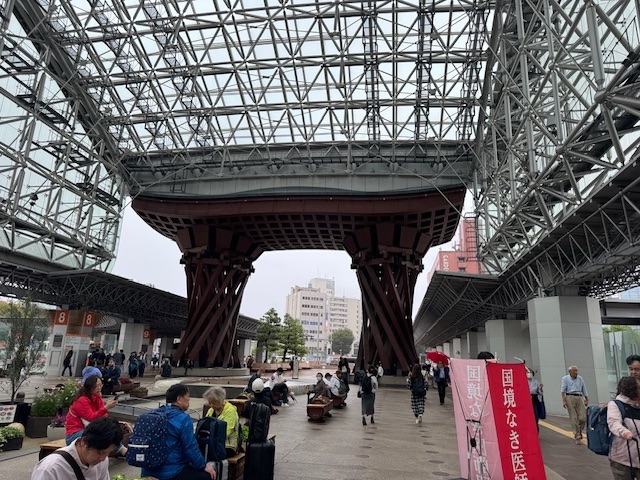
Today, the city is a mosaic of well-preserved historical districts, each offering a different glimpse into its past. The Higashi Chaya District teems with traditional teahouses where geisha once entertained, while the Nagamachi Samurai District showcases narrow lanes and elegant homes of samurai. Both districts transports one back to the Edo period. Add in the serene gardens of Kenrokuen and the old markets, and you have a city that feels both frozen in time and vibrantly alive.
Nagamachi Samurai District
Leaving our hotel and a bustling high-end shopping district (I see Gucci and Breitling Watches), we enter the tranquil neighborhood of the former samurai.
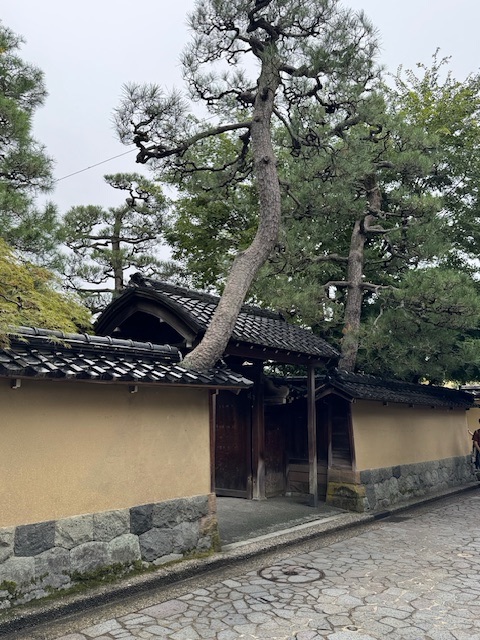
The Nagamachi Samurai District sits at the foot of Kanazawa Castle. Here, samurai once lived with their families during the rule of the powerful Maeda clan. In those days, proximity to the castle meant status, and Nagamachi became a neighborhood of high-ranking retainers.
Today, the district preserves much of that old-world atmosphere: narrow lanes lined with mud-plastered earthen walls, winding canals, stone-paved alleys, and wooden gates all hint at the elegant homes hidden behind them. Strolling through Nagamachi feels like stepping into a quieter, more disciplined era. The air carries a sense of dignity, with restored samurai residences such as the Nomura-ke house.
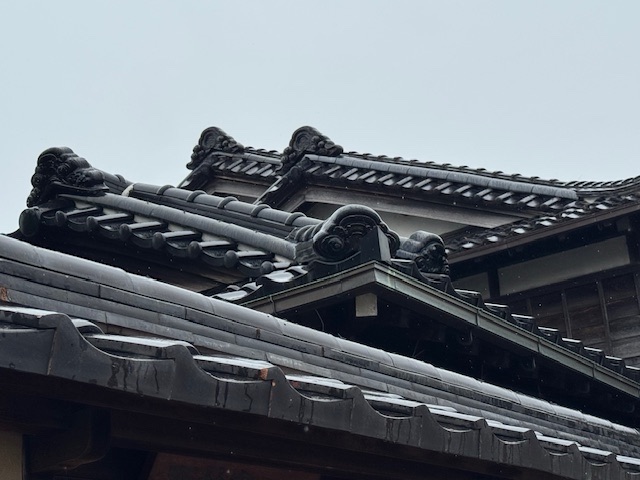
Nomura-ke Samurai Residence
The Nomura-ke residence is the crown jewel of the district, a beautifully restored samurai home that once belonged to the wealthy Nomura family, retainers of the Maeda clan.
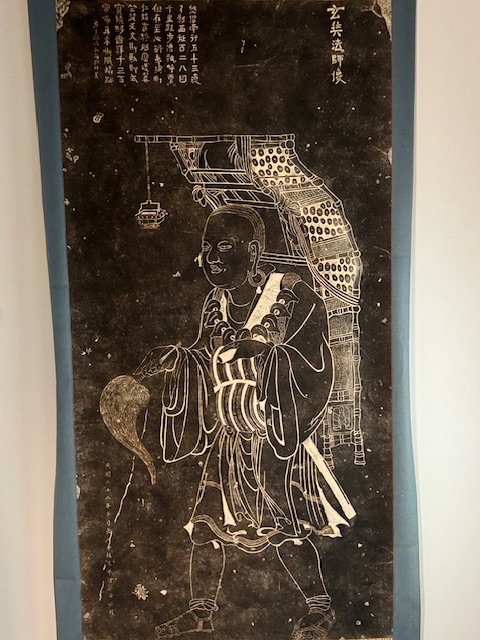
Stepping inside feels like time travel with better plumbing. Unlike many samurai houses lost to time, war, or redevelopment, this one survived and now offers an intimate view into how a high-ranking warrior class family lived.
Tatami rooms, sliding shoji doors, and elegant alcoves display calligraphy and art. The craftsmanship stands out in the finely worked wood and intricate joinery, all balanced with the simplicity of traditional design. The residence also displays samurai armor, swords, and heirlooms, which bring the martial side of the family’s history to life. Yet, this remains as much a refined household as a warrior’s domain.
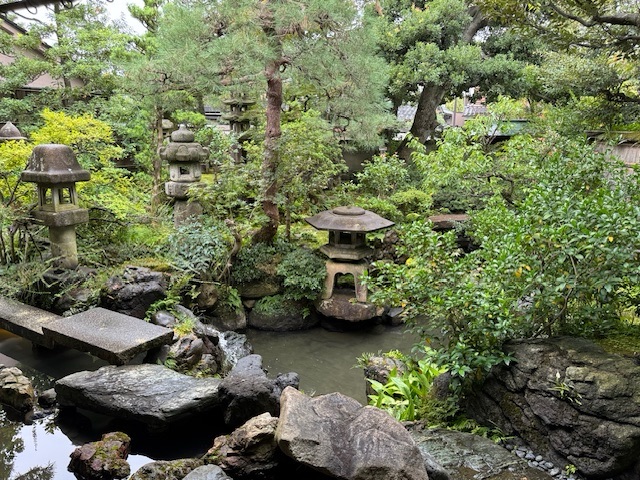
But the real knockout is the garden, a tiny slice of paradise where koi laze in the pond always, water trickles over stones, and carefully shaped pines sway in the breeze. The area has justly earned the reputation as one of Japan’s most beautiful small gardens. It’s half practical, half aesthete, and something I would not expect a fierce warrior to prize.
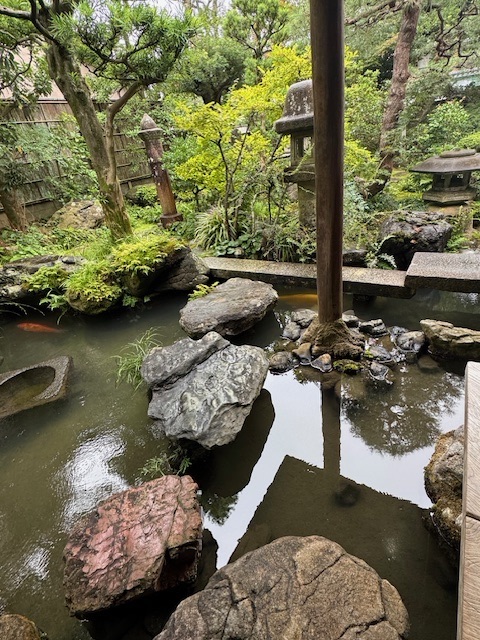
From Samurai to Geisha
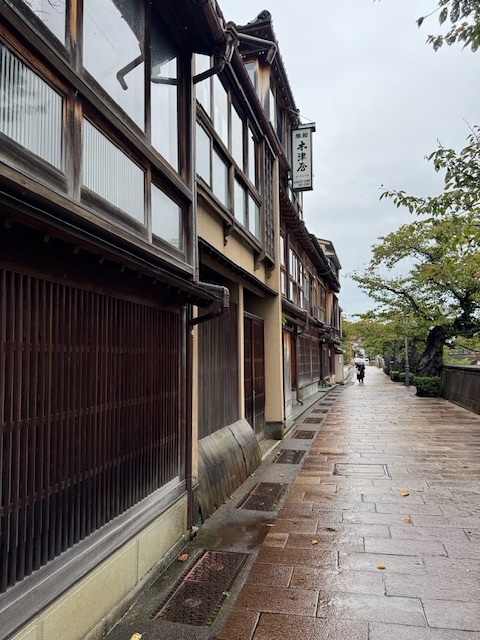
I leave the Samurai District, a place humming with the weight of discipline with its quiet alleys, earthen walls, and houses which once stocked more sword polish than I’d ever know what to do with. Crossing the Asano River, though, the atmosphere flips. I enter the Higashi Chaya District, one of the city’s licensed geisha districts, where refined entertainment once mixed with discreet socializing.
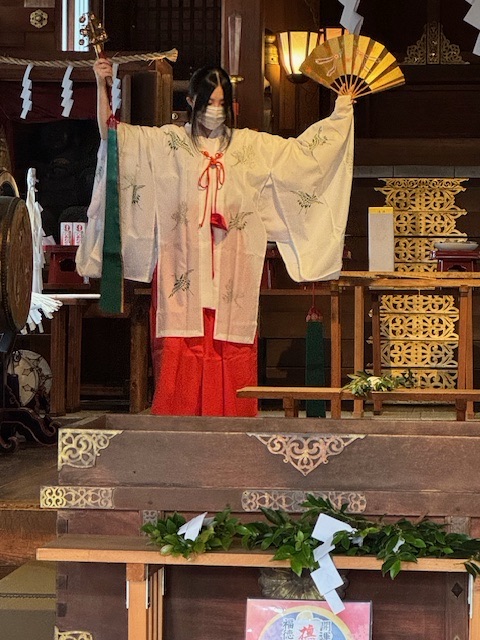
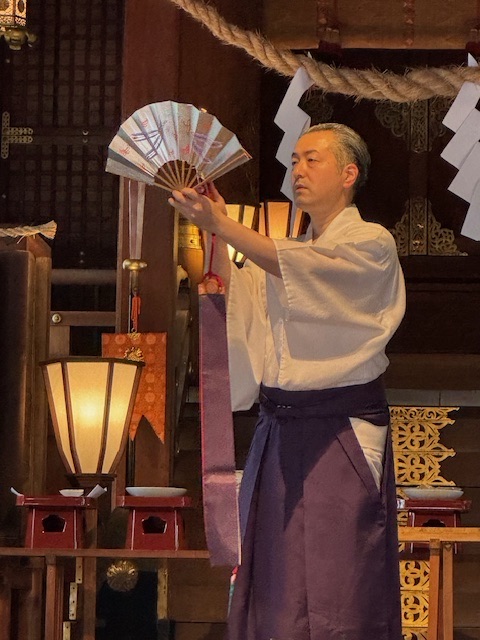
Back in the Edo period, the shogunate decreed that entertainment districts should be set apart from the city center—so the tea houses and geisha quarter grew up here, just across the water from the samurai and merchant neighborhoods. But, close enough, just a 30-minute walk from the samurai’s abode.
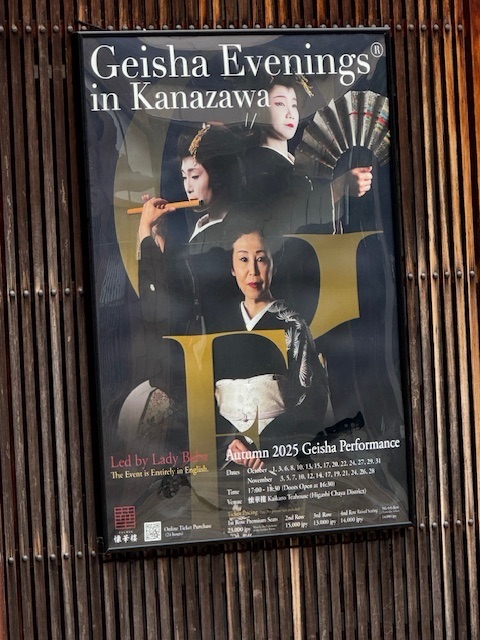
Geishas entertained merchants and nobles under flickering lantern light. The lively streets were lined with tall wooden teahouses whose latticed windows once promised tea, traditional music played on a shamisen (3-stringed instrument), dance, and just enough mystery to keep feudal lords coming back.
The district itself isn’t large, just a few streets, but it’s beautifully preserved and feels like a compact time capsule of 19th century Kanazawa: narrow lanes, wooden lattice-fronted tea houses, and the kind of polished atmosphere that makes you walk a little slower.
Many of the former tea houses have turned into cafés, gold leaf shops (Kanazawa produces nearly all of Japan’s gold leaf), and boutiques selling traditional crafts.
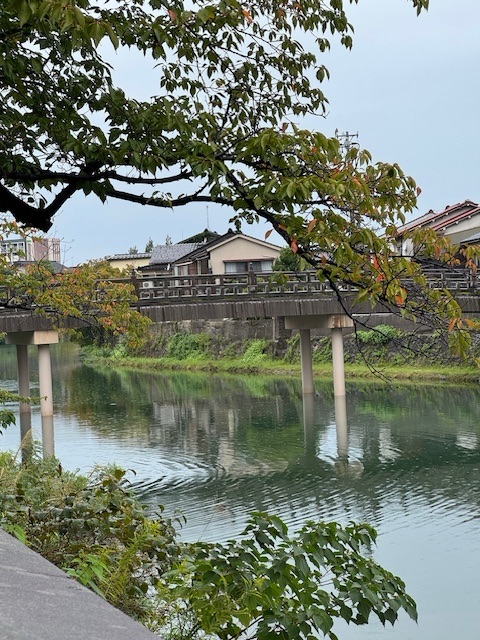
It’s atmospheric, photogenic, and just commercial enough that you can snack on gold-leaf ice cream while pretending you’re a feudal lord with a fat purse. Or, on the other hand, the geisha.
Gardens, Geisha, Gold, and Glimmering Ice Cream
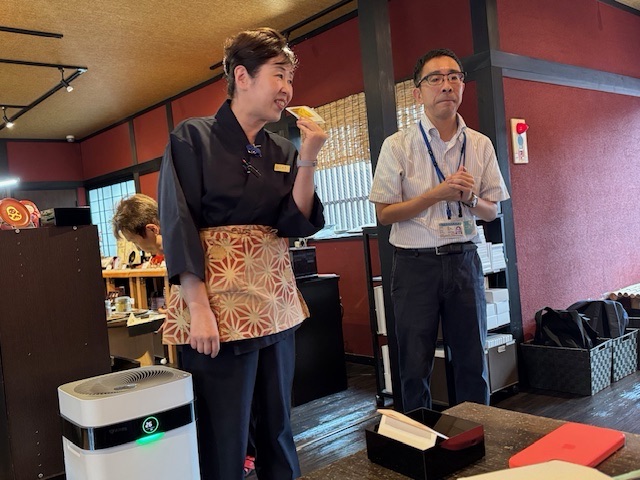

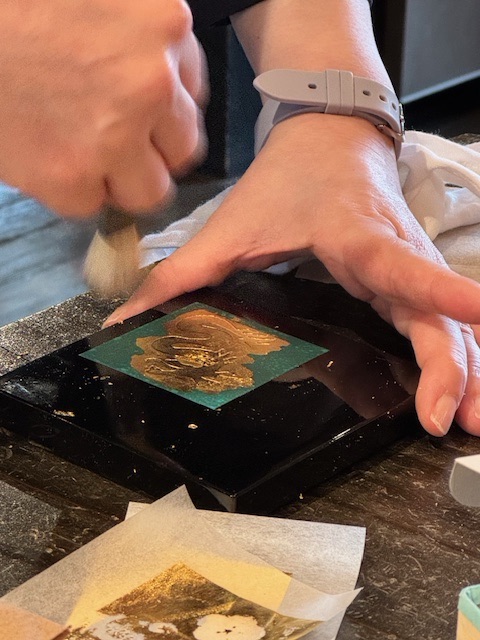
When in Kanazawa, one can try their hand at creating a souvenir using gold leaf. However, though the city produces almost 100% of Japan’s supply, it doesn’t make it cheaper. However, one can knock out a simple mirror, box or chopstick with a tiny flake of gold.
I am tempted to try the golden saké. Doubt the gold would help it to taste better. Zz
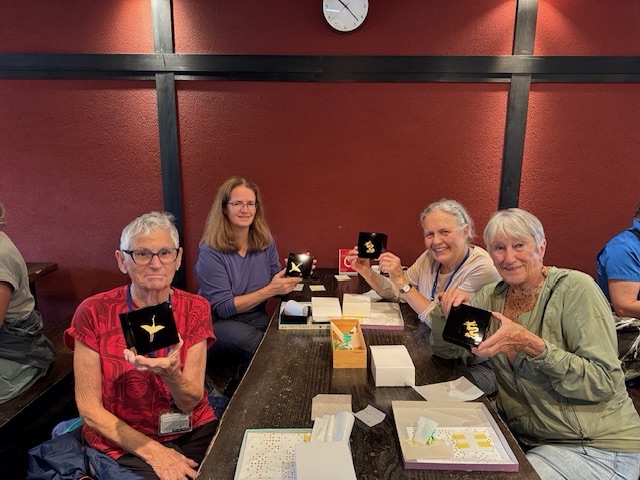
Kenrokuen Gardens
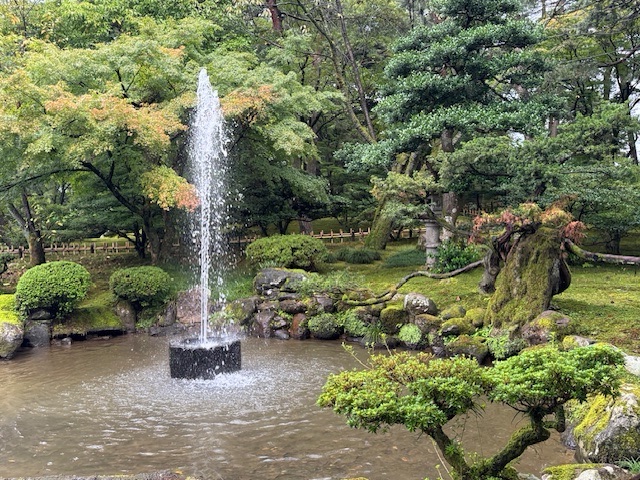
The serene Kenrokuen Gardens are considered one of Japan’s Three Great Gardens (along with Kairakuen in Mito and Korakuen in Okayama). They are famous because the gardens embody the six classic attributes of a perfectly landscaped garden: spaciousness, seclusion, antiquity, artificiality, water features, and broad views.
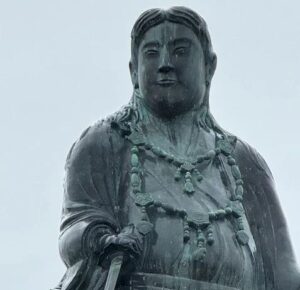
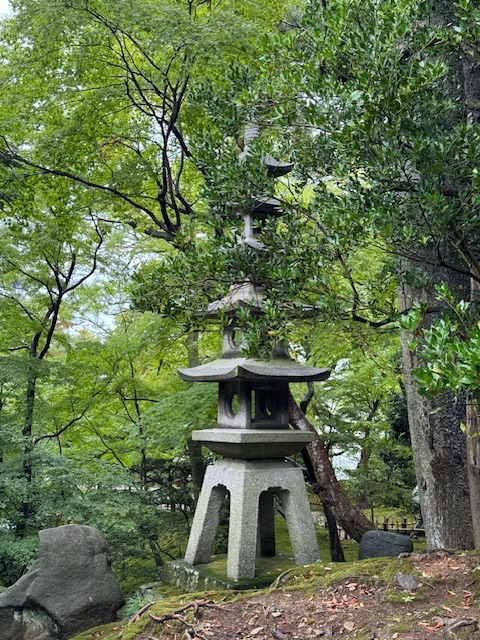
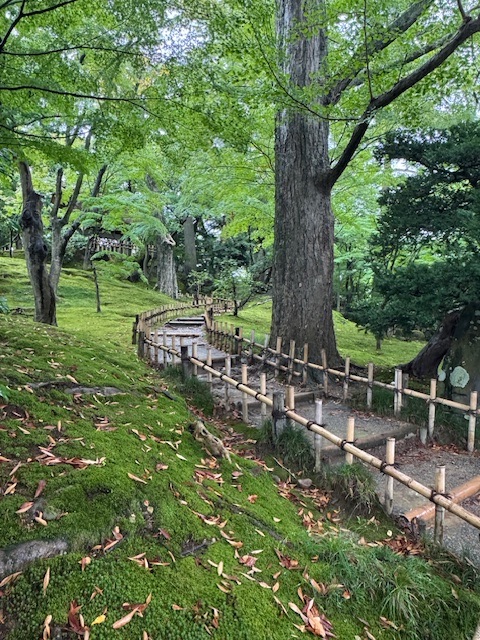
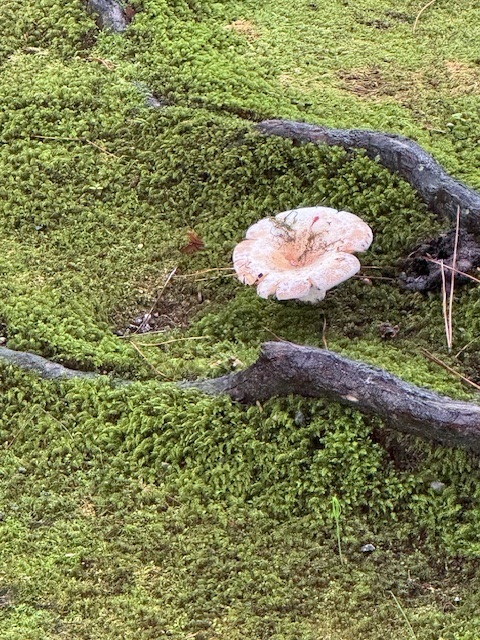
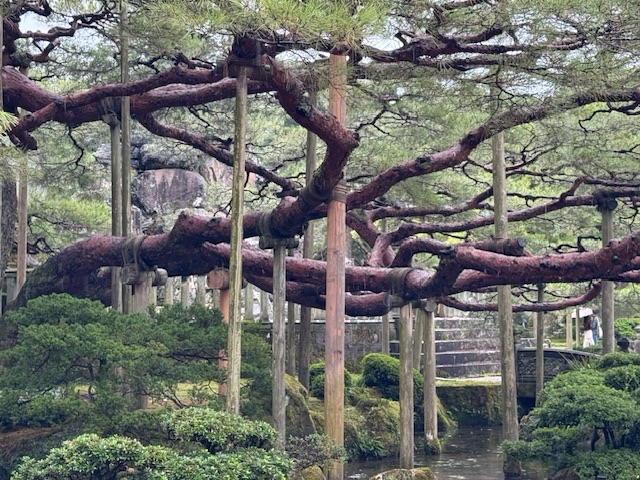
Created over two centuries ago by the ruling Maeda clan, the gardens spread across a hillside with winding paths, streams, ponds, stone lanterns, bridges, gates, and teahouses. Plum and cherry blossoms pop each spring, irises and azaleas in summer, fiery maples in autumn. The sculptured pines are carefully tied with rope supports (yukitsuri) in winter to protect against snow snapping their branches.
Kenrokuen was once the outer garden of Kanazawa Castle, designed as a formal walking garden. It offers changing vistas as one makes their way along its pathways. Stone lanterns, koi ponds, and small teahouses dot the scenery. In its center is the Ishikawa Gokoku Shrine, a peaceful Shinto place of prayer.
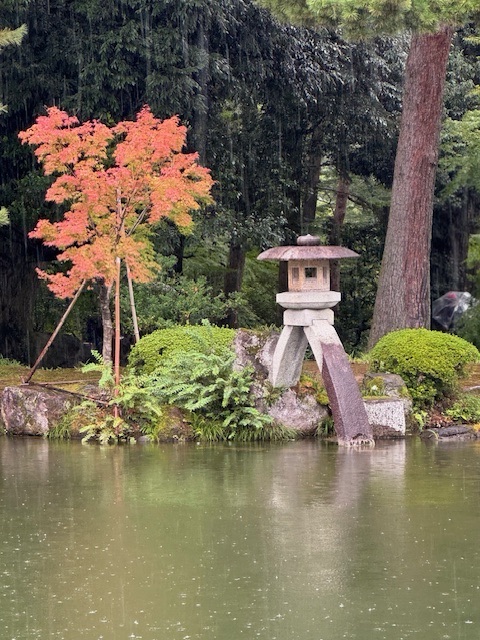
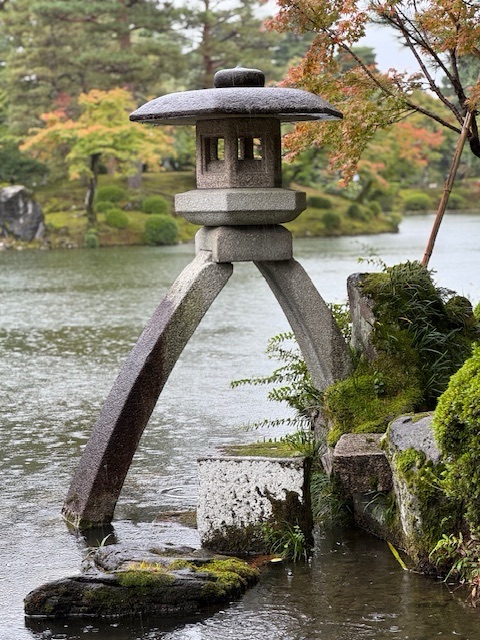
However, the most iconic feature is the Kotojitoro Lantern, a two-legged stone lantern beside Kasumigaike Pond—so photogenic it’s basically Kanazawa’s logo. Walking here feels less like a manicured park and more like stepping into a living painting, carefully arranged to look natural but polished by centuries of design and a staff of dedicated gardeners.
Dinner sans Geisha
I remain for a second night in the ANA Crown Plaza. I would like to eat simple, just two or three courses.
Yakitori is a Japanese dish featuring bite-sized pieces of chicken skewered on bamboo sticks and grilled over charcoal. Each skewer is seasoned either with a sweet and savory soy-based glaze—or simply with salt.
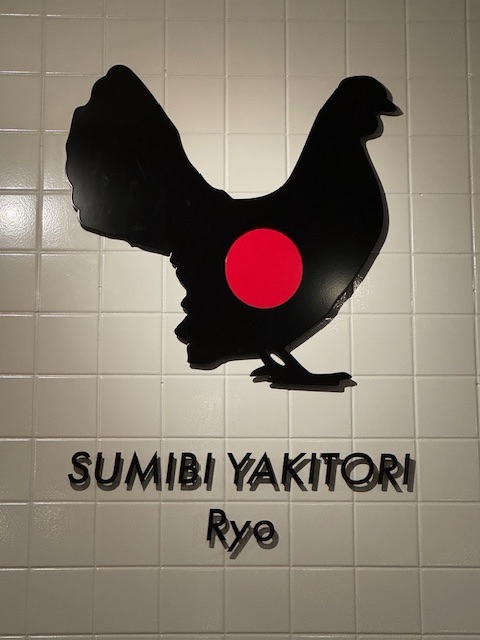
I am told we eat chicken tonight. I’m thinking, great, chicken is good. We walk to Sumibi Yakitori Ryo. And indeed, it is chicken AKA yakitori.
Chefs use various parts of the chicken and even flavorful innards. Yakitori pairs perfectly with a cold beer. I’m getting to like the nonalcoholic Super Dry.
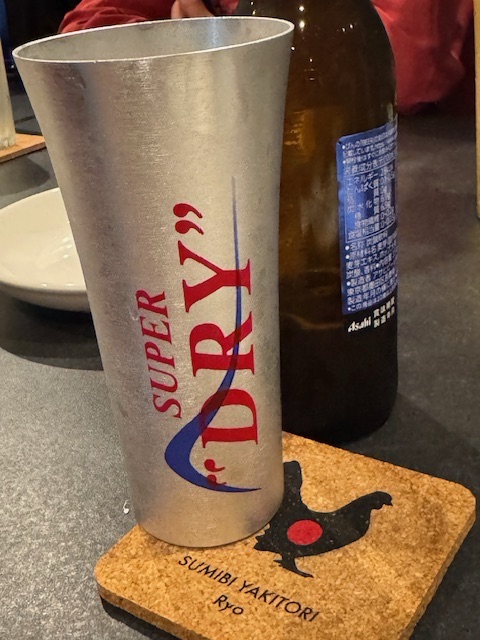
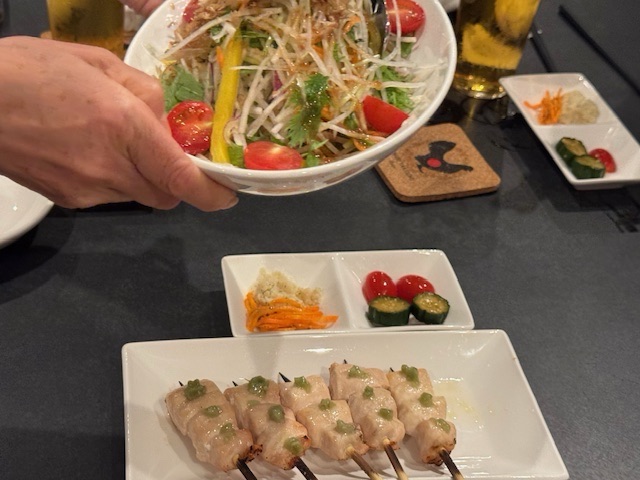
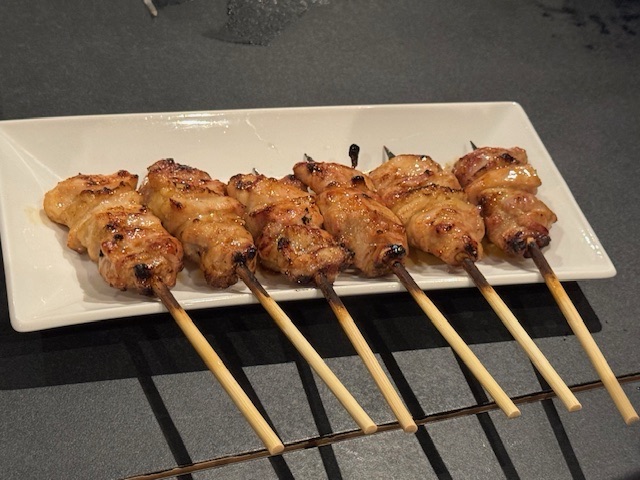
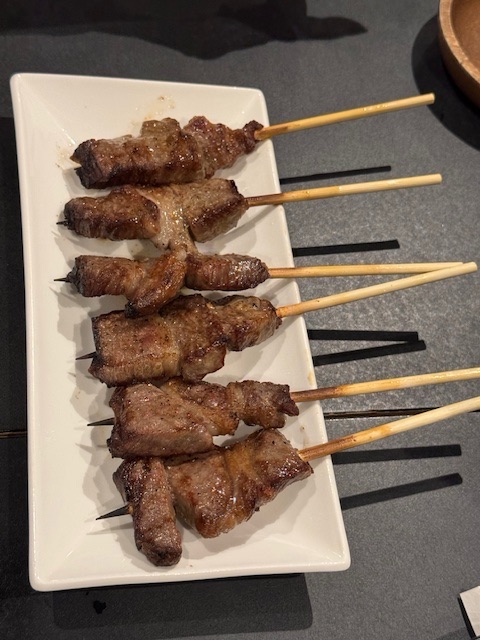
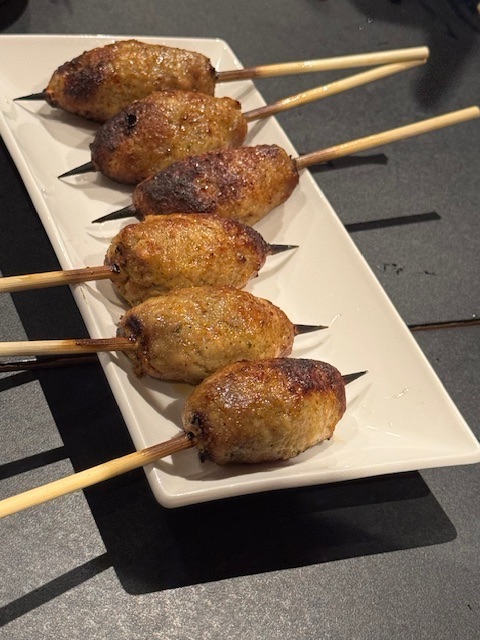
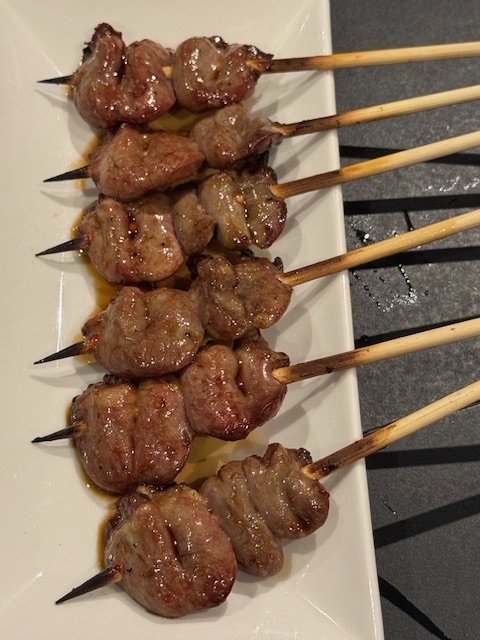
Three large chunks of meat accompany each skewer. The grilled chicken is delicious. I ignore most of the little bits of mystery appetizers. Then comes a skewer of other parts of chicken. Then a plate of lotus and ham. Rice soup appears. Then comes a skewer of beef. Another skewer of meat appears. All are delicious. A fifth skewer arrives, this one with grilled chunks of heart.
Who ever thought the meal was destined to be simple. I’m stuffed. My palate cleansed with a small ball of matcha ice cream.
Digital Water Clock
The Kanazawa train station is a marvel in itself. We walk through on our way to the hotel. Trickling water spells out a WELCOME and the time. it’s early, however, the hotel does not have a dedicated lounge. Beer comes from vending machines here.
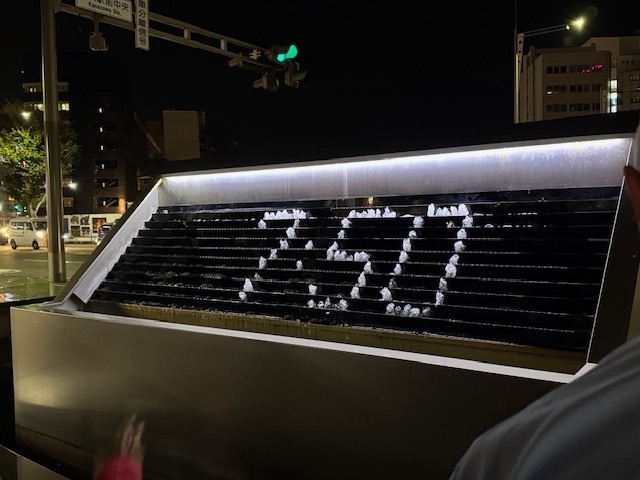
Once again, for those with big luggage, the van transfers it on to Kyoto, our next destination. Tomorrow, it is back to train travel. I look forward to it. Train travel, especially in Japan, remains a real treat for this Californian. I’m looking forward to tomorrow, or as the Japanese say:
明日が楽しみです — Ashita ga tanoshimi desu
0 Comments